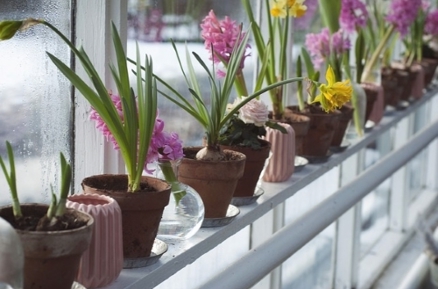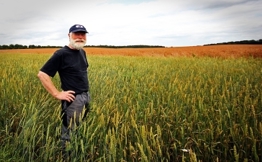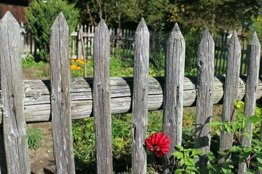The Laws of Detached Platforms

Detached Platforms
One of the laws of shemitah is that it is forbidden to sow or plant new plants during the shemitah year. However, in cases where: (1) the sowing or planting do not take place outdoors, rather indoors, and (2) when the growing platform is detached from the ground, the laws of shemitah do not apply. If both conditions are present, it is permitted to plant and sow in these areas.
Plants growing in this method do not have kedushat shevi'it. They are obligated in terumot and ma'aserot due to doubt, without a blessing (both ma'aser ani and ma'aser sheni).
The structure in which plants are grown needs to be defined halachically as a house. This means it needs to be permanent and not mobile. Plants need to grow under a roof from the time they are planted until after harvest and the remnants of the plants are destroyed.
The soil should be covered by material that serves as a barrier detaching the ground underneath from the crop growing above it. Possible materials include plastic (polyethylene), coated waterproof Palrig, Polygal, galvanized metals (Iskoorit), and the like.
Porous, non-waterproof materials such as wood, styrofoam, standard Palrig, and other porous materials cannot be used since roots can penetrate them easily. Ackerstein tiles cannot serve as a detaching surface since they are not waterproof. Asphalt and concrete cannot be used either.
The area should be covered in a way that the foliage does not protrude outside of the structure even at the height of plant growth. The area should be kept clean so even a thin layer of dirt does not accumulate in which it would be possible to plant.
The roof should be at least 80 cm high, made of solid material that separates the structure from the outside. Plastic (hothouse plastic sheets are preferable) and glass can be used for this purpose. A sunshade can also be considered a roof as long as it is composed of at least 50% material. While a 50 mesh net is insufficient, two such nets can be placed on top of one another and connected in a permanent fashion to this end.
The walls of the structure should be at least 10 tefachim = 80 cm.
The pots used for the plants should have a volume of up to 70 L; in extenuating circumstances, up to 330 L. Pots with a volume exceeding this limit give them the halachic status of the ground, and it is forbidden to plant in them. Likewise, long plastic sleeves should not be used, since they exceed this 330 L limit. The pots' drainage holes should be small and the total area of the holes should not exceed 2 cm2. Optimally, each hole should have a 0.8 cm diameter. Pots can be filled with all sorts of growing mediums: dirt, tuff, and the like.
Hydroponics
All shemitah laws apply to hydroponically grown plants. This is true even though the plants are not growing in the ground, rather in various containers, and are nourished from the water system.
All plant care guidelines apply to hydroponically grown plants.
Due to the need for maximum precision in the system, it is possible to fertilize and treat the water as in regular years.
The laws pf shemitah apply to the size of the growing system and the location of the system. In order to plant hydroponically, the system should be in an indoor structure on a detaching platform.
Verify that the system is sitting on a platform detached from the ground.
Growing in NFT piped: Since the volume of the pipe itself does not exceed 330 L, it is possible to plant in these pipes.
A growing pool whose volume exceeds 330 L is not considered a detached platform.




